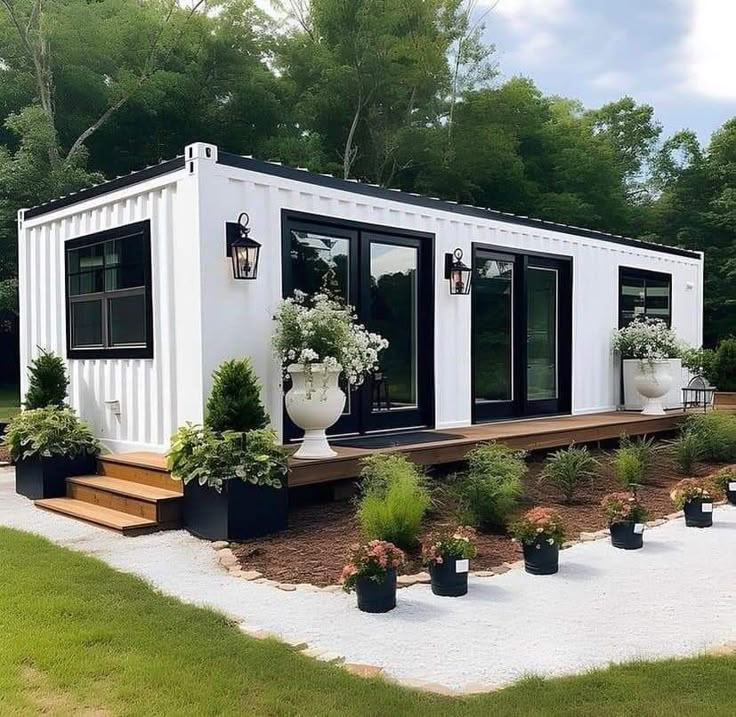Introduction:
For decades, dongas have been a common solution for temporary or flexible accommodation across Australia — from mining sites to lifestyle villages. Traditionally seen as simple, functional structures, dongas are now evolving. Modern transportable buildings are not just practical, but also comfortable, stylish, and versatile.
In this article, we explore what a donga is, its uses, construction, and benefits — providing a clear picture of how portable modular buildings fit into today’s Australian living and working environments.
1. What is a Donga?
A donga is the slang term for transportable modular buildings. The main difference between these structures and traditional buildings is that around 90% of a donga is manufactured in a factory, then placed and finished at the site.
Dongas are typically simple, rectangular structures, which makes them highly adaptable for various settings and uses. Their standard shape and ability to connect make them an ideal choice for locations where flexibility is essential.
2. Why Are They Called Dongas?
The history of the word “donga” is not entirely clear. According to University of Melbourne linguistics researcher Rosie Billington, there is “a little bit of mystery around this one.”
- The first recorded use of the word in Australia was in 1900, originally meaning a gully created by water, reflecting its South African roots.
- The current usage, referring to portable buildings, appeared during World War II. Australian troops in Papua New Guinea used “donga” to mean house.
Whether the modern meaning directly connects to the earlier one is uncertain, but the term stuck and is widely used today.
3. Typical Uses for a Donga
Modern dongas have evolved significantly from the hot, basic boxes of decades ago. They are now clean, comfortable, and climate-controlled. Typical uses include:
Mining Camps: Worker accommodations, offices, kitchen/dining facilities, medical huts, laundry rooms, and shower/lavatory facilities.
Commercial Uses: Classrooms, storage facilities, offices, caravan parks, seasonal worker accommodations, accessible restrooms, custom-use buildings, and homes in lifestyle villages.
Residential Use: Homeowners often add dongas to their property as a granny flat. Other uses include pool houses, storage spaces, fitness rooms, artist or workshop studios, and children’s play areas.

4. How Are Dongas Built?
Approximately 90% of a donga is pre-fabricated in a factory. Key steps include:
- Steel frame construction as the core structure.
- Addition of materials like lumber, structurally insulated panels, and wallboard.
- Use of recycled materials to reduce waste.
Once complete, all components are transported to the site and assembled according to specific plans. Factory production ensures precision, efficiency, and minimal on-site waste.
5. Why Aren’t There More Dongas in Australia?
Despite improvements, dongas still carry a reputation as second-rate accommodation. Many people think they are hot, smelly, and generally unpleasant.
Modern dongas, however, are climate-controlled, cyclone-rated, and durable. As more people experience them firsthand, outdated perceptions are gradually changing.
6. Benefits of Modern Dongas
Today’s dongas offer several advantages:
- Fast Construction: Factory work can take 10 days to 3 weeks, with site assembly in just a few days.
- Durability: Built to meet the safety standards of traditional homes. Can be cyclone-rated and withstand earthquakes.
- Sustainable: Primarily made of steel, a highly recyclable material.
- Affordable: Cost-effective for mining camps or extra residential space.
- Customisable: Easy to add or adjust sections to meet specific needs or aesthetic preferences.
- Flexible: Expandable almost indefinitely to accommodate growing needs.
- On-Hand Stock Available: Units ready for quick delivery, meeting the same quality standards as custom-built dongas.
.png)
7. Choosing the Right Transportable Building
While a donga may suit many needs, it’s important to consider all options. Modern transportable buildings, like SnapBuild’s container-style expandable homes, offer additional flexibility, style, and multi-purpose use. Contact our team to explore which building will best serve your requirements.

